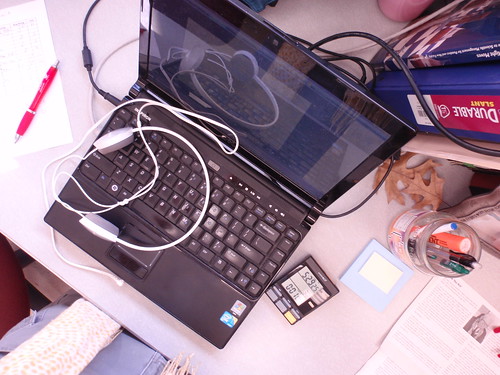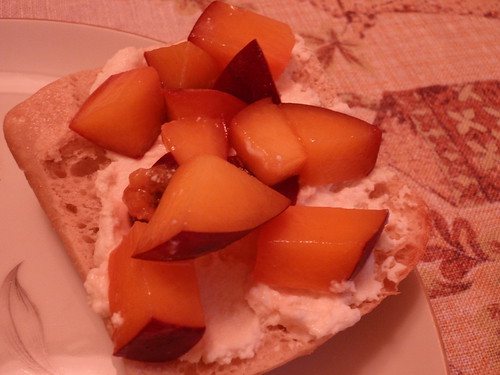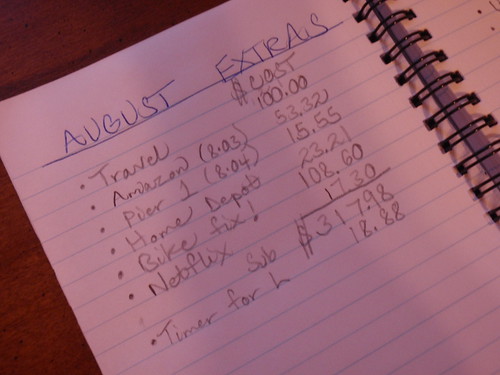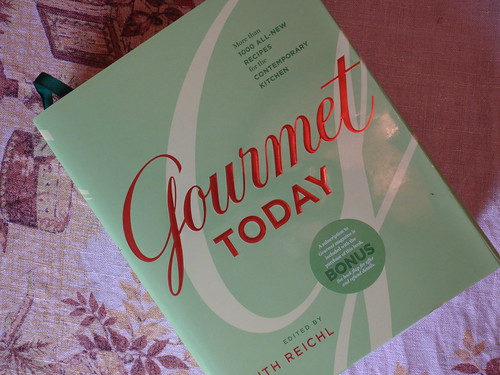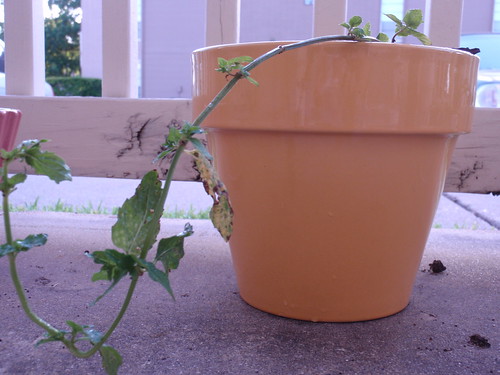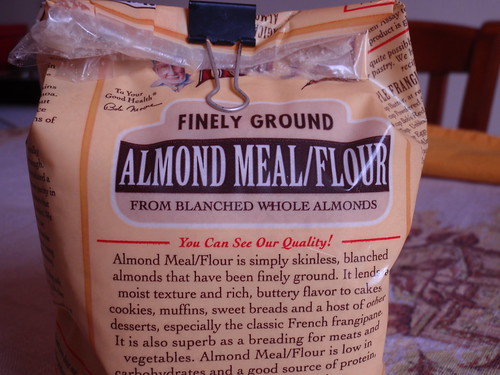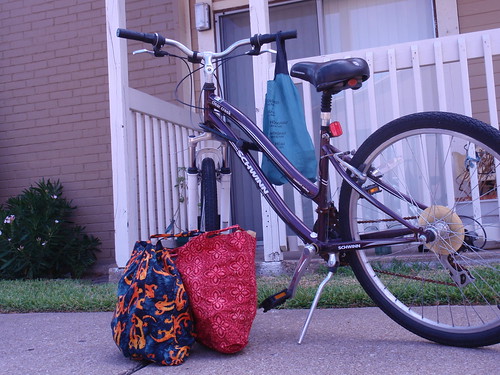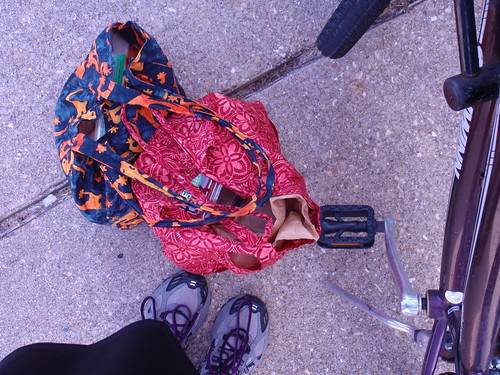This week has been a very exciting one for me: after almost two years of working on my research project, I have begun compiling the data into figures in anticipation of submitting a manuscript.
I think every academic discipline has its own work flow—in other words, a certain order in which things happen as the work progresses from idea to polished, published final version. Because many of you are probably not scientists, I thought I’d share the way that science flows for me.
Step 1: Initial idea or observation. (Hey, that’s interesting!)
Step 2: Intense testing of initial idea or observation. (Still interesting, but what if…?)
Step 3: More testing of observations. (Good, my idea is holding up against more rigorous testing.)
Step 4: More testing of observations. (Still good, but I’m getting kinda bored here.)
Step 5: More testing of observations. (Yeah, I’m definitely bored. But at least my idea is still holding up!)
Step 6: Submit a grant. (I/we/the lab needs more funding!)
Step 7: Get grant reviews back. Sulk and pout over the current state of science funding.
Step 8: Compile data into figures for manuscript. Submit to boss. Receive critical feedback from boss. Revise figures. Repeat.
Step 9: Write manuscript. Submit to boss. Receive critical feedback from boss. Revise manuscript. Repeat.
Step 10: SUBMIT MANUSCRIPT!
Step 11: Wait impatiently for reviews on manuscript to come back from journal. Receive reviews. Sulk and pout over current state of scientific publishing.
Step 12: Revise manuscript. Do more experiments. Resubmit. Repeat until manuscript is finally accepted.
Step 13: DO HAPPY DANCE! Then get back to copy-editing manuscript into final version.
Step 14: Paper is finally published! Wallow in scientific glory. Then return to Step 1 and start process all over again.
As you can see, I’m on Step 8 of what is a very long and very labor-intensive process. To be honest, I’m also still on Steps 5-7, but the point is that I’ve made it to Step 8. I’m still doing a lot of experimental work, mostly in the hope of finishing up one of the final figures for the paper, and I feel good because I can see progress.
I also feel good because to some extent, in trying to get as much done on that final figure as possible, I’ve put off making the figures and getting the manuscript ball rolling, even though my boss clearly told me he wanted a draft by the end of August. I’m lucky he hasn’t scolded me yet. But this week, because I finally carved out the time to make figures, I feel like a weight has been lifted. Procrastination, even if it’s deliberately done to make time for something else, makes me feel heavy and weighed down with guilt. By finally tackling something that’s been on my to-do list for too long, I feel like all this energy has been released. It feels awesome.
On a deeper level, seeing my work condensed into four Powerpoint slides is so satisfying. For some people, that may feel dehumanizing, but for me, it feels orderly and beautiful. It’s what I’ve been working toward for three years, and since the first year of my postdoc was a bust, scientifically speaking, the progress I’ve made feels that much sweeter. And now I have the pleasure of returning to the literature to think about what I should read, what I should cite, and how my work fits in with the larger body of work that other people have published. I tend to read in spurts—I’ll read a lot in a short period of time (such as earlier this year as I was preparing to write the earliest drafts of the grant), and then I don’t read much while I’m focusing on experiments. I think I’m approaching an opportunity to read more, think more. That’s exciting and always a little bit daunting. But I’m ready for it. Or I will be, very soon.

